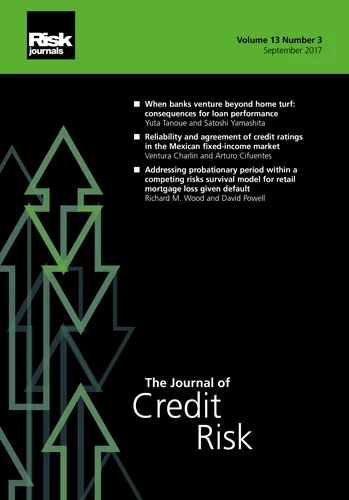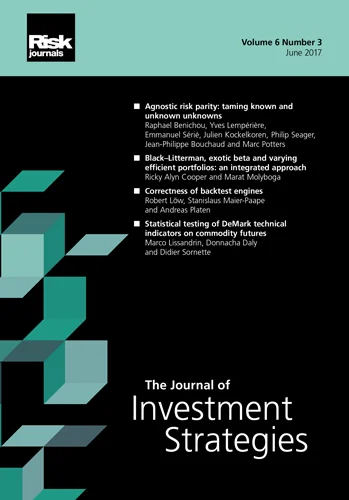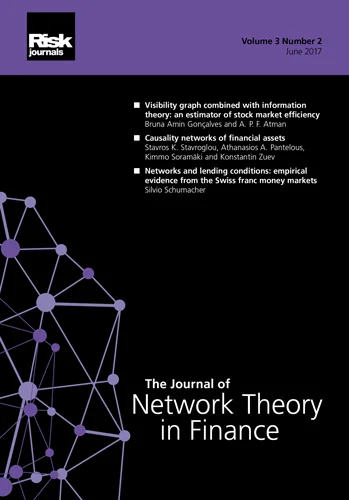Journal of Risk Model Validation
ISSN:
1753-9587 (online)
Editor-in-chief: Steve Satchell

An empirical evaluation of large dynamic covariance models in portfolio value-at-risk estimation
Need to know
- A new framework using dynamic conditional covariance (DCC) to estimate portfolio VaR
- The choice of de-noising tools plays a critical role on the accuracy of dynamic VaR
- Assumption of Student's t innovations produces much better estimates than normal innovations
- Simple shrinkage suffices for estimating unconditional covariance target within DCC
Abstract
The estimation of portfolio value-at-risk (VaR) requires a good estimate of the covariance matrix. As it is well known that a sample covariance matrix based on some historical rolling window is noisy and is a poor estimate for the high-dimensional population covariance matrix, to estimate the conditional portfolio VaR we develop a framework using the dynamic conditional covariance model, within which various de-noising tools are employed for the estimation of the unconditional covariance target. Various de-noising treatments in our study include shrinkage methods, random matrix theory methods and regularization methods. We validate the model empirically by using various coverage tests and loss function measures and discover that the choice of de-noising treatments for the covariance target plays a critical role in measuring the accuracy of the dynamic portfolio VaR estimates. In our large-scale empirical evaluation of de-noising tools, the regularization methods seem to produce the poorest VaR estimates under various coverage tests and loss function measures, while the shrinkage methods and the random matrix theory methods produce comparable results.
Copyright Infopro Digital Limited. All rights reserved.
As outlined in our terms and conditions, https://www.infopro-digital.com/terms-and-conditions/subscriptions/ (point 2.4), printing is limited to a single copy.
If you would like to purchase additional rights please email info@risk.net
Copyright Infopro Digital Limited. All rights reserved.
You may share this content using our article tools. As outlined in our terms and conditions, https://www.infopro-digital.com/terms-and-conditions/subscriptions/ (clause 2.4), an Authorised User may only make one copy of the materials for their own personal use. You must also comply with the restrictions in clause 2.5.
If you would like to purchase additional rights please email info@risk.net








